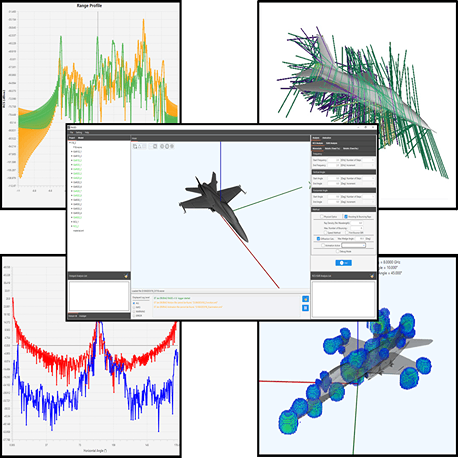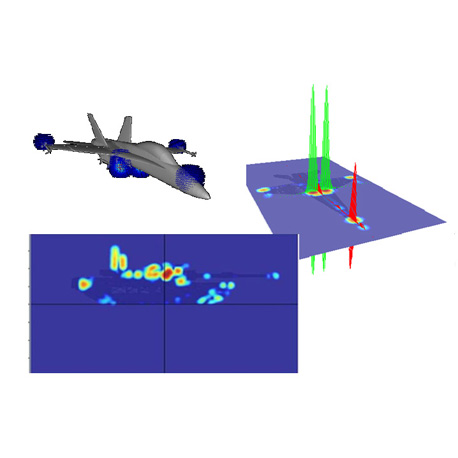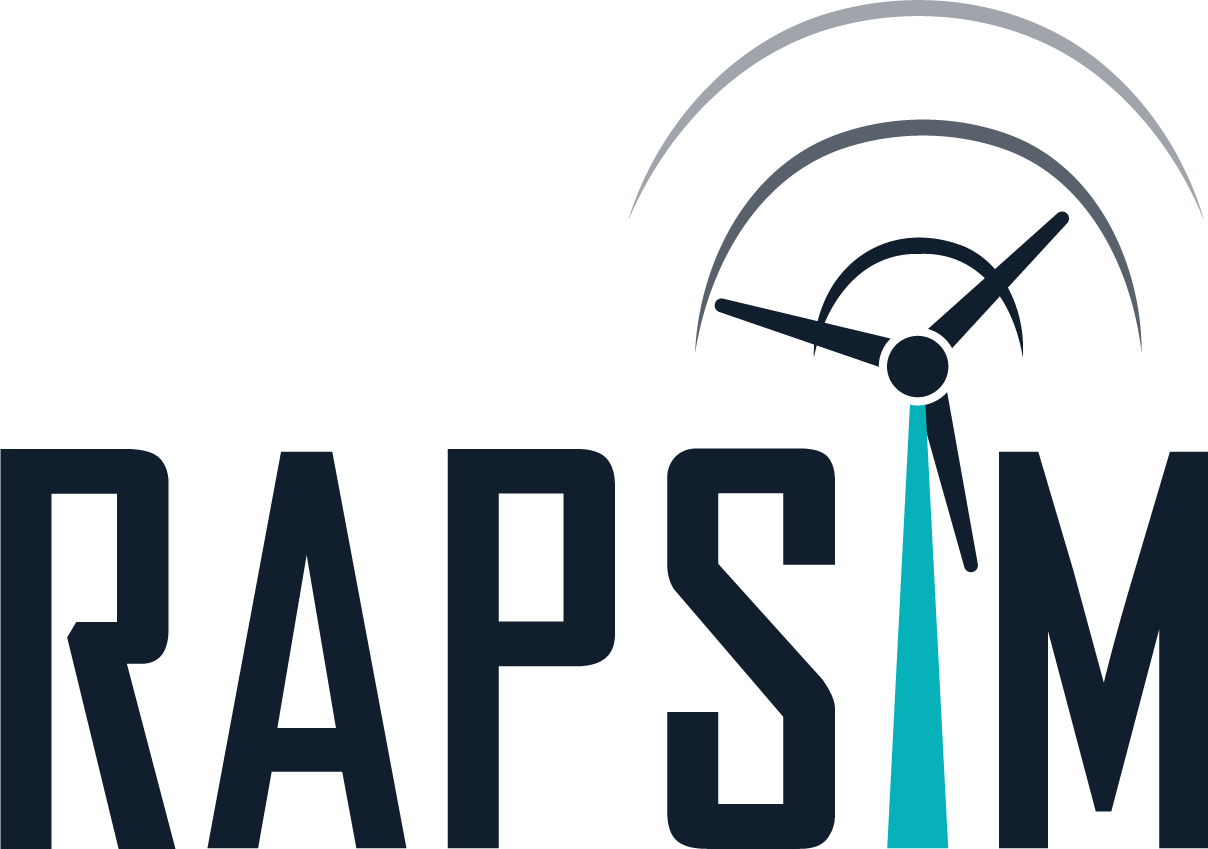RAPSIM
Radar Cross Section Studies
Using the domestically developed track estimation software (RASES) within TÜBİTAK, radar cross-section calculations and reduction, range profile generation, inverse synthetic aperture radar imaging, and time-frequency analyses are performed using high-frequency approaches such as Physical Optics, Shooting and Bouncing Rays (SBR) Method, and Physical Diffraction Theory.
RADAR Cross Section Estimation

RASES software is used to estimate the Radar Cross Section (RCS), which represents the detectability of a platform by radar sensors. The software performs electromagnetic calculations using physical optics, bounced beam and physical diffraction methods.
The capabilities offered by RASES software are as follows:
- High frequency Radar Cross Section (RCS) calculation of platforms
- RCS calculation of platforms covered with various materials
- Determination of forward and cross-range profiles
These features are used to analyze and optimize the electromagnetic visibility of the platform in the radar cross section estimation process.
Hot Spot Detection

Within the RASES software, 1-D, 2-D, and 3-D Inverse Synthetic Aperture Radar (ISAR) images are successfully generated. These images are visually displayed on a user-friendly graphic interface. ISAR images help identify high-scattering regions on the platform. Following the detection of scattering centers, detailed analyses can be performed, including activities such as Radar Cross-Section (RCS) optimization and estimation of the platform's radar signature.
Maneuver-Induced RCS Change

The RASES software can successfully predict the effects on the Radar Cross Section (RCS) that change over time along the trajectories of moving platforms. By analyzing potential RCS changes during the maneuvers of platforms, this software allows the development of optimized tactics against enemy radar systems.

